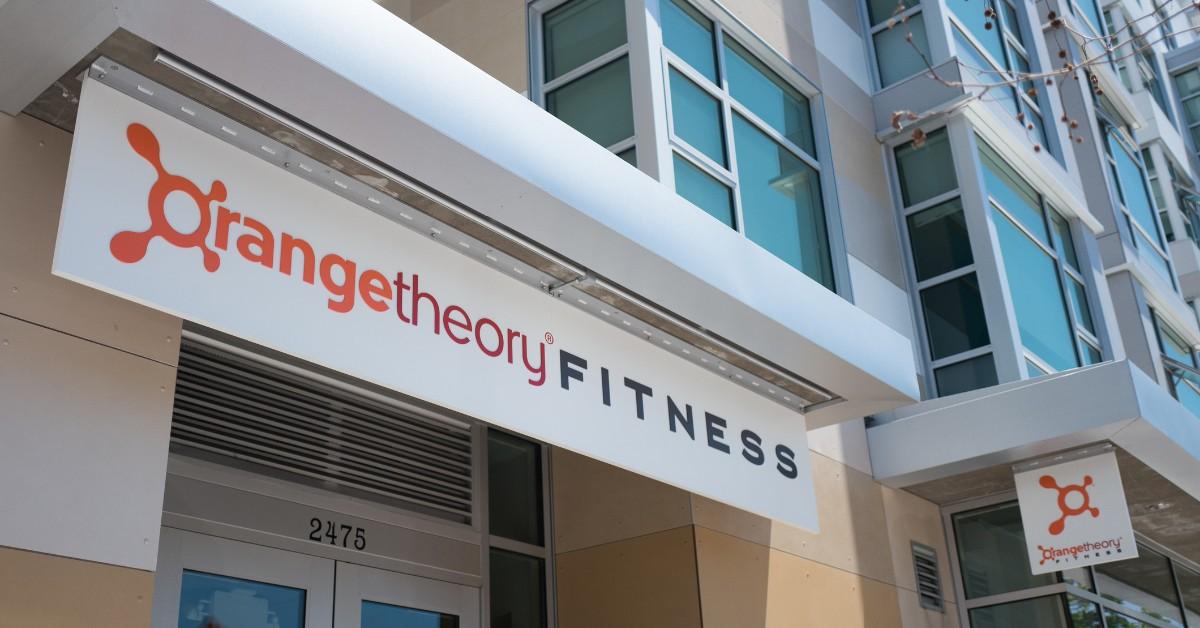Fitness
Faulty Tech and Confusing Jargon: Orangetheory Stans Have Lots of Complaints

The cardio intensive program may have just as many critics as it does diehards.

Article continues below advertisement
Not every exercise works for every person, and the boutique fitness studio has begun to raise eyebrows amongst customers after people noticed a few flaws with the exercise plan. Is Orangetheory Fitness bad? Keep reading to learn what the critics have to say as well as what some folks say they’re getting out of the trendy exercise company.

Article continues below advertisement
Is Orangetheory bad? Here’s why some people are complaining about the company.
One of the reasons why OTF has become so popular may have to do with the unique setup that allows customers to push themselves to their limits, all while monitoring their heart rate and scoring points each time they get into the “Orange Zone.”
The “Orange Zone” is the point where OTF says your heart rate reaches 84-91 percent of its max, AKA: the Excess Post-Exercise Oxygen Consumption (EPOC), something that the founder says will help you to burn calories, and remain there for at least 12 minutes.
These 12-minute intervals will earn you “Splat Points,” which signal a successful workout. But to monitor, track, and view your zones — there are five different color-coded zones, according to OTF, and each signals different milestones in your workout — you must wear the company’s OTbeat Core heart monitor. This monitor, many critics say, is not only deeply flawed, but can frustrate users to the point of interrupting their workout.
Article continues below advertisement
One such user wrote extensively about their annoyance with the Daily Dot, explaining how the discomfort, inaccurate readings, and lack of accessibility made them want to discontinue using it in favor of a regular smartwatch, a switch that they noted many other devout OTF fans had already made.
Article continues below advertisement
Then there’s the trouble with CEO Dave Long, who Jezebel notes was accused of peddling misinformation to get customers back into the gym early on in the pandemic, even though OTF’s entire program involves a lot of high-touch areas, where members would encounter extensive and repeat exposure to all manner of germs.
Long assured people that not only was there no proof that gyms had any impact on the spread of COVID-19. He also suggested that places like OTF could help keep members in good enough health that they needn’t worry about the impacts of the virus that has killed more than 7 million people around the world in the past four years, according to the World Health Organization (WHO).
Article continues below advertisement
That wasn’t the only scandal to rock OTF, either. A Portland fitness instructor made headlines after allegedly keeping the money he and OTF members raised for local charities. The Willamette Week ran the story in May 2024, noting that the mishandling of funds was noticed by the companies that Ryan Tong had told community members he was fundraising for. Local nonprofits — who were selected by the customers themselves — said they never saw a penny of the funds.
Article continues below advertisement
Orangetheory Fitness does have its benefits.
You can say a lot about the company, but that doesn’t mean there aren’t diehard OTF fans who show up daily to get their Splat Points in. That’s because a lot of people say they have seen great results following this high-intensity program.
Even the Daily Dot writer who had trouble with the company’s tech said that the results they got from their workouts couldn’t be ignored and that they plan to continue to attend the programs for as long as they’re able.
OTF’s popularity could be attributed to the results people see, the company’s viral nature, or even the fact that many people respond to the gamified process. But, no matter the reason, many are happy to have found something that allows them to get their heart rate up and focus on their health, which works in everyone’s favor.









